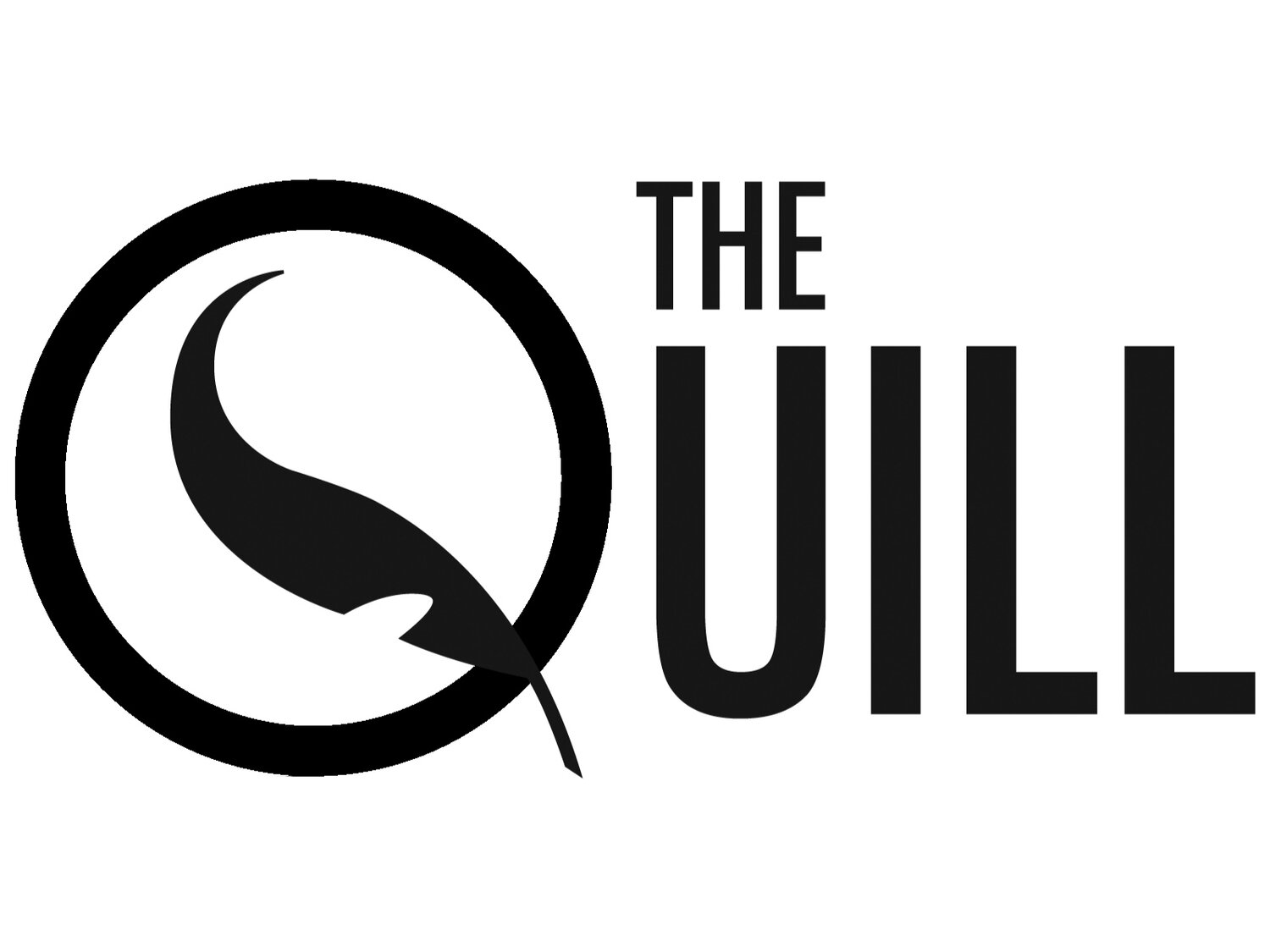By Lu Jiang, Junior Reporter
I am not a science or engineering student. I know very little about new technology and the current development of AI.
When I searched my memory, it seems my first use of AI was in 2014, when I bought my first iPhone. But I only talked with Siri during the new-phone setup, and the phone recorded my voice. That feature felt too new and too advanced for me. I was not used to it.
Sometimes, when I talked or was in a meeting, I would accidentally wake it up. It would speak loudly - “Hmm?” Once, in a meeting with my supervisor, it even suddenly said, “Sorry, I don’t understand what you are saying.” Everyone laughed, and I felt embarrassed. So I turned the function off.
Later I read a news story about a man who lived alone. He was taking a shower when he suddenly found the bathroom door would not open. His home was on more than the twentieth floor of an apartment building, and shouting did not bring anyone. He thought he would freeze or starve to death in the bathroom. In his desperation, he suddenly remembered Siri. Before showering he had put his iPhone on a stool outside the bathroom door. He shouted to wake it up, and it helped him call the emergency services.
At that moment I reexamined my view of artificial intelligence. I slowly began to accept how it can change our lives. So I turned Siri back on.
After that, I found that AI had already entered my life.
My mother had bought an iRobot robot vacuum cleaner. I could control it with a phone app, so it could clean even when no one was home.
Our home cameras would keep sending me alerts when they detected movement or unusual sounds.
I later bought a Tmall Genie smart speaker. After connecting it to Wi-Fi, I only needed to tell it what song I wanted and it would search and play it. It is similar to an Amazon Echo Dot. When I write or do housework, I can change songs just by moving my lips. When I feel bored or lonely late at night, it can even chat with me.
Times change fast. I am not someone who chases new technology or new trends. I only began using AI after these products had already entered my daily life.
Later our family installed Xiaomi smart home devices. Xiaomi is a Chinese electronics brand. We had smart lights, a smart drying rack, a smart washing machine, a robot vacuum, a smart door lock, a smart door viewer, two cameras, a temperature and humidity meter, a Xiao Ai speaker, a curtain motor, a Mi air conditioner, a Xiaomi TV, a Xiaomi water purifier, smart power strips, and a smart plug for the air conditioner. All of these could link together and be controlled by voice or remotely.
Because the technology was not very mature, the smart home did not meet our expectations. My parents often shouted, “Xiao Ai, turn on the light!” “Xiao Ai, turn on the light!” “Xiao Ai, turn off the light!” “Xiao Ai, turn on the TV!” Many times they had to say the command again and again, until the speaker finally understood and executed it by chance.
Later my family thought it was too troublesome and that doing things manually was faster. So we returned to the mechanical way of living.
My feelings about AI have always gone up and down.
I have changed cars several times, but they were always gasoline cars. I never dared to consider an electric car. Self-driving feels as distant to me as if it would happen hundreds of years later.
Before I came to Canada, I only used search engines to find information. Now I use ChatGPT. But I find it can be very misleading. The information it gives is not always true, and the data can be out of date. It cannot replace the human brain.
To me, it is still quite limited. I think it only analyzes within the data and models given to it and then gives the most probable answer according to its program. Its biggest advantage is speed.
So many times, when I want to learn about a place, a product, or an event, and I have enough time, I prefer to read opinions from real people on social media.
I am not worried that AI will replace the human brain. But many low-skill jobs will be taken over by machines controlled by AI. This is an economic issue worth worrying about.
Recently Amazon’s layoffs made a lot of news, and that made people more anxious.
I know a local Canadian woman who is 86 years old. Last month her mother passed away. Her mother was 105. When I thought she would be very sad, I comforted her. She replied, “Thank God. I am finally free.”
She was not very sad. She had taken care of her mother, who had dementia, for fourteen years. She herself is an old person now. She said she needs care, too.
I think AI should be used more in those jobs where labor is extremely short.
I hope AI development can be controlled and that it will serve human needs.
I do not want it to run wild like a runaway horse.
The future is unknown.
We will wait and see.
